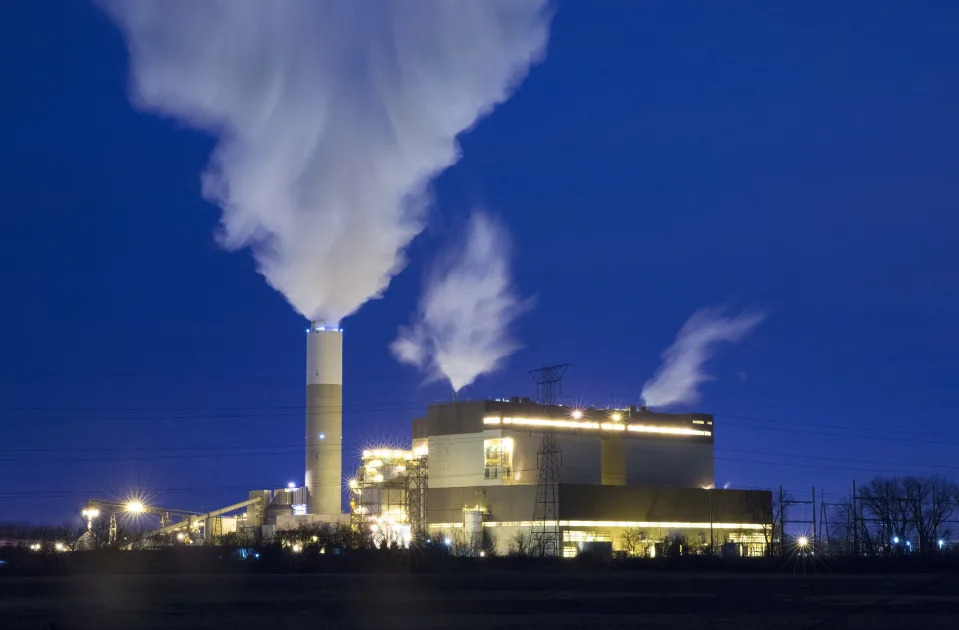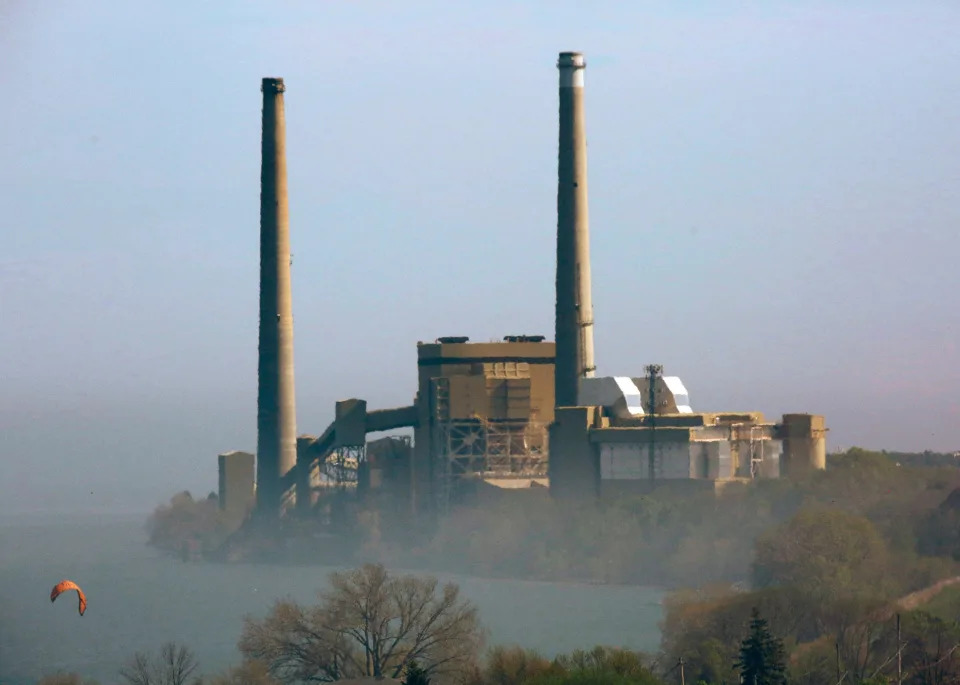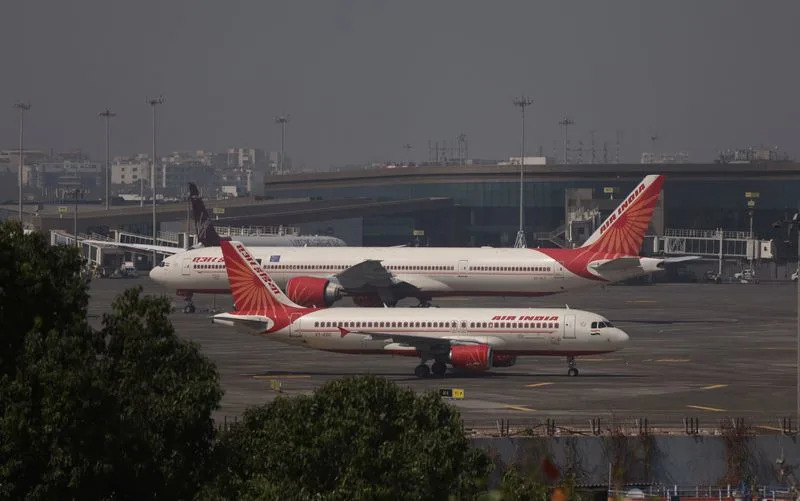Katie Hill
Mon, November 20, 2023

The Kelly parcel provides crucial habitat for wild bison, elk, pronghorn, and other species. It also provides ample hunting and fishing opportunities.
A 640-acre parcel of Wyoming trust land that's rich in wildlife habitat and hunting and fishing access is on the chopping block as the Wyoming Office of State Lands and Investments considers auctioning it off to the highest bidder. The “Kelly Parcel,” which has been valued at over $62 million for its unfettered Teton views and access to the Gros Ventre River, also resides squarely within the Grand Teton National Park boundary.
The section's location is just one layer of this complicated issue, which is currently the source of much protest in Teton County and across the state. If the State Board of Land Commissioners votes to move forward with the auction, it would be the first time in U.S. history that a state body auctioned off a piece of land adjacent to a national park, the Jackson Hole Conservation Alliance says. Wyomingites are concerned that the land would go to a real estate developer who would make quick work of the untainted expanse, building multi-million-dollar second homes and cashing in on the ever-growing wealth boom in the American West.
The parcel borders the Bridger-Teton National Forest and the National Elk Refuge and sits on an ancient elk and pronghorn migratory corridor. It also offers habitat to dozens of other species of nongame mammals, birds, and fish and hosts premier elk and bison hunting access and ample fishing opportunities on the Gros Ventre, according to Joel Webster, the vice president of Western conservation for the Theodore Roosevelt Conservation Partnership. If the National Park Service were to acquire the parcel, conditions allowing for bison hunting could be written onto the deed when it transfers hands, Webster tells Outdoor Life. (A very limited elk hunt already occurs in Grand Teton National Park every year as part of the park’s elk management strategy.)

The Kelly Parcel, labeled "State of Wyoming," is technically within the Grand Teton National Park boundary (purple). The National Elk Refuge (green) is to the southwest and the Bridger-Teton National Forest opens up to the east.
But even if bison hunting opportunities were lost in a NPS acquisition, he says, keeping the habitat intact is the obvious best-case-scenario for the conservation community.
“Given the importance of this parcel for fish and wildlife, specifically big game species, it makes the most sense for this piece to go to the Park Service. So whatever the state chooses to do, that needs to be the outcome,” Webster says. “The worst option is some big roller from New York City comes in, buys this land, and subdivides it. Not only are the hunting opportunities gone, but the wildlife habitat value is gone, too.”
In Wyoming, the Office of State Lands and Investments has a fiscal responsibility to the state’s public schools, from K-12 to the state university system. (State trust lands contribute funds and real estate to other state entities as well, like the penal and healthcare systems.) Revenue from state trust lands makes up a portion of the state’s education budget, which is also funded through mineral royalties, motor vehicle registration fees, and a variety of other sources. Currently, the only money the Kelly Parcel makes for the state comes from grazing leases, conservation easements, and “temporary use permits.” This revenue totals $2,845.65 a year, or .000046 percent of the current valuation of the land. (That’s less than half of one ten-thousandth of a percent.)
During a public meeting in Jackson on Nov. 9, one member of the public pointed out that, at $97,000 an acre, that would make this land shockingly cheap when compared to other property values in the region.
“Anyone else in the room shocked that an acre of land with pristine Teton views is appraised at $97,000?” she asked the room packed with concerned residents, according to Wyoming Public Media. “I’d like to buy one—or five. That’s crazy!”
Although the unidentified speaker suggests the property is undervalued, the process by which the $62,425,000 valuation was reached is detailed in a 156-page appraisal report from July 2022. Even if the parcel is fairly priced and the land were to go to auction, it would be difficult for the NPS to win a bidding war against private sector money.
The state has always planned to transfer the state’s four inholdings in Grand Teton National Park to the DOI, per an agreement between the state and the NPS from 2010. The first purchase—mineral rights on the Jackson Lake Parcel—happened in 2012. The second purchase occurred in 2013 when the DOI bought the 86-acre Snake River Parcel from the state for $16 million. Then, after much back-and-forth, the state sold the 640-acre Antelope Flats Parcel to the DOI for $46 million in 2016. This transfer occurred through legislative action at the state level, which solidified both the buyer and the price in the bill. The Kelly Parcel is the state’s final inholding in Grand Teton National Park, and the state has tried and failed multiple times to legislate the transfer.
The public comment period on the proposal will remain open until Dec. 1. The State Board of Land Commissioners will vote on the proposal on Dec. 7.












